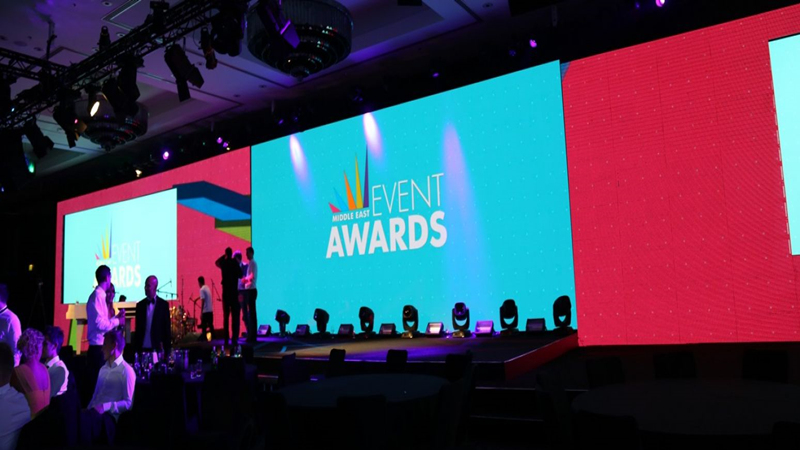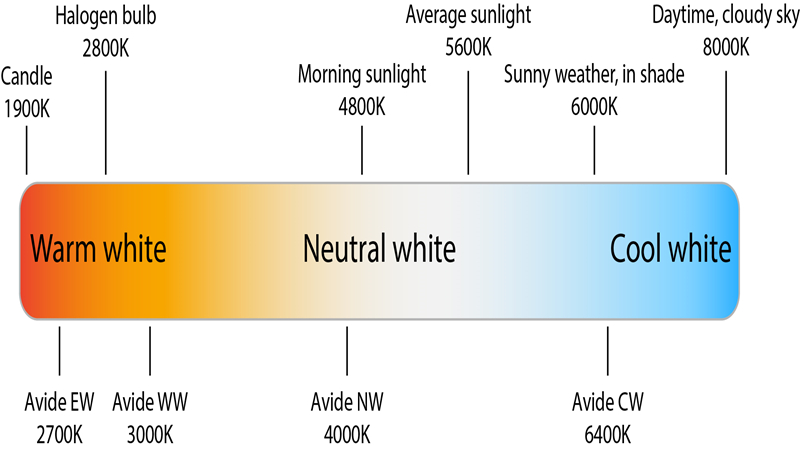Terms of LEDs
1.LED
LED is the acronym for light-emitting diode. There are different types of LED depending on the manufacturing and circuitry assembly technology used. It can generate light because of the inside semiconductor, and the process is called electroluminescence.
2.RGB
It means red, green and blue these three colors. The combination of the three colors can create any color, thus they are called three-primary colours.
3.SMD LED
SMD is the acronym stands for surface-mounted device. SMD LEDs combines red, green and blue (RGB) in a single package. This allows for smaller pixels with good viewing angles.
4.DIP LED
It only emits one color and is used in LED displays to form the RGB tricolor set (you can see the set clearer from the picture below). They have high brightness and great resistance to the environment, thus can be used for outdoor LED screens.

5.Vandal resistant / Outdoor resistant LED
It combines the durability of the DIP LED and the outstanding features of the SMD LED. It has an additional protective encapsulation to protect the semiconductors inside. However, it is more expensive than the above two.
6.Pixel Pitch
It defines the distance measured in millimeters between the pixels on the screen. You can easy to understand higher the pixel pitch, the greater the pixel separation. In the contrast, lower the pitch, the narrower the pixel installed, which also means better resolution and clearer images even when you watching the display closely. Choosing the right pixel pitch can be an important concern if you want to select the right LED display screen.

7.LED lifespan
The lifespan of LEDs usually ranges from 80,000 to about 120,000 hours, depending on the materials and production process. Of course, the inappropriate use or harsh environment will shorten the lifespan. Generally speaking, you can expect it to be durable electronics if you make a contract with a reliable company.
8.Calibration of LED display
The calibration of LED screens is a process that can ensure the consistency of color and brightness of all LED modules on the screen to guarantee a uniform high-quality image. Reliable manufacturers will do the calibration processes before delivering the LED panels to customers.
Technogical Terms
9.Brightness
The unit of brightness is Candelas per square meter (cd / m²) and it is used as a measure of light emission in an area of 1m². This unit is also known as nit and can measure the brightness that a LED display screen emits with a white image at its maximum power.
10.Grayscale
Grayscale is a range of monochromatic shades from black to white. Therefore, a grayscale image contains only shades of gray and no color. We often meet information such as this “grayscale = 12bit, 16bit, etc” and to explain the term in a simpler method – the higher bits, the richer the content quality, like 16bit is better than 14bit.

There are some examples that help you to further understand:
1 bit processing system, that is 2 ( 2 of the 1st power level grayscale ), means we can only set up 2 kinds of brightness, from black to white.
2 bit processing system, that is 4 (2 of the 2nd power level grayscale), means we can set up 4 kinds of brightness, changes from black to white.
3 bit processing system, that is 8 ( 3 of the 2nd power level grayscale ), means we can set up 8 kinds of brightness, changes from black to white.
12 bit processing system, that is 4,096 ( 2 of the 12th power level grayscale ), means we can set up 4096 kinds of brightness, changes from black to white.
16 bit processing system, that is 65,536 ( 2 of the 16th power level grayscale ), means we can set up 65,536 kinds of brightness, changes from black to white.
The higher the bit is, the more colors can be displayed on the screen. Generally speaking, if you use your LED screens for some common applications, then 8 to 10 bits is enough. But if you use it for some professional purpose, you can choose the grayscale more than 10 bits.
11.Viewing angle
The viewing angle means the position where viewers can see the image adequately and can be measured horizontally and verrticaly.
For example, in a 160/120 viewing angle, 160 represents the horizontal viewing angle and means that if we move up to 160 degrees horizontally (from one side to the other side), the image on the screen is visible.
The second number 120 represents the vertical viewing angle and means the image on the screen is visible up to 120 degrees vertically. For LED screens that are above ground levels such as hanging or located on poles ones, the vertical viewing angle can be vital.
12.Viewing distance
The viewing distance can be the appropriate distance that you can see the images on the LED screen clearly.
You can judge the correct viewing distance not only from the pixel pitch, but also the total size of the LED screen. The smaller the screen’s pixel pitch, the more LEDs we have to add per square meter to have a good resolution. On the contrary, with larger screens we can use larger pixel pitches.
Besides, you can decide the viewing distance depend on your specific condition. For instance, a LED display board is installed on the outside wall of a shopping mall located on the first line of a large roundabout with a lot of car traffic, while only a small amount of pedestrians. That means the distance should be far such as 7 to 9 meters cause the attention from the cars is more important and may get higher ROI in return.
![]()
13.Contrast
Contrast, is the maximum difference between brightness intensity in the range of whites compared to the range of blacks.
There are two kinds of contrast – real contrast and dynamic contrast. The real contrast measures the difference between a black and a white pixel in an instant, and it is usually a low number such as 800: 1, 1000:1, etc.
The dynamic contrast is a convenient measure used by manufacturers and it measures the variation of a pixel from black to white (or between greys) in a period of time and usually is a higher figure than that of real contrast (for example, 20000: 1, 50000: 1 and even higher).
The real contrast should be paid attention to if you are going to display static images, whereas the dynamic contrast ratio is a relative measure, and it can be useful to predict how good the contrast can look in moving images.
14.Refresh rate
The refresh rate means the ability of the screen hardware to redraw the contents of the screen several times per second.
High refresh rate allows clearer and smoother moving images. Moreover, high refresh rate will be more suitable for the contents with a greater number of frames per second and to be connected to multiple players. The high refresh rate is especially important for LED screens that will be recorded on video by professional cameras because it can keep up with the camera’s recording frequencies and make the image look perfect and prevent blinking.
15.Color temperature
Color temperature represents the comparative relation of a white paper when it be observed under different types of lights. The unit is Kelvin degree. Usually, there are three groups of colour temperature.
1)Warm light: the colour temperature is between 2800°K and 3500°K. Equivalent to the light produced by incandescent bulbs and halogen bulbs.
2)Neutral light: the colour temperature is between 3800°K and 4500°K. According to experts, this is the most natural light.
Cold light: the colour temperature is over 5000°K. Equivalent to the light of a very sunny or cloudy day. One of the advantages of cold light is that at the same intensity it can generate a greater perception of luminosity.

16.IP rating
The acronym is “Ingress Protection”, and this is a rating system that defines the ability of a LED display to be able to resist liquids and solid objects in different environments.
An IP rating is comprised of 2 numbers. The first number refers to the protection level against solid objects and the second number means the protection against liquids.
Please choose the right IP rating for your outdoor LED display as the environment can be more changeable. For more information about outdoor waterproof LED display, you can click How Waterproof LED Screen Works?

